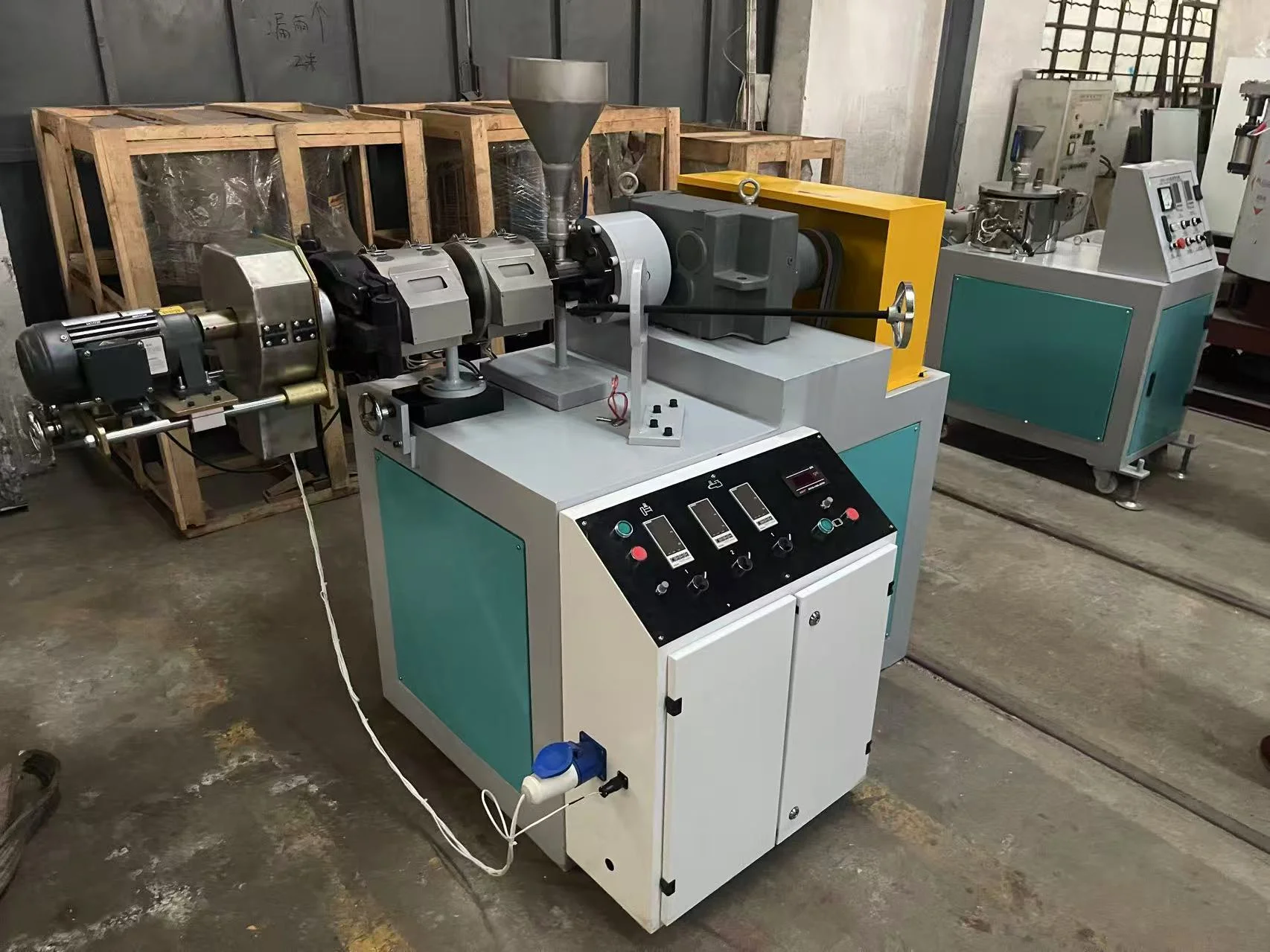Unveiling the Intricacies: The Working Principle of Mechanical Type Pumps
Mechanical type pumps play a vital role in various industries, facilitating the movement of fluids and gases. Understanding the working principle of these pumps is crucial for engineers, technicians, and enthusiasts alike. In this comprehensive blog post, we will delve into the intricacies of mechanical type pumps, exploring their fundamental principles, components, and applications.
- The Basics of Mechanical Type Pumps:
Mechanical type pumps are devices that use mechanical energy to transport fluids or gases from one location to another. They are widely employed in industries such as oil and gas, chemical, water treatment, and manufacturing. Unlike other pump types, mechanical pumps rely on mechanical force to generate pressure and induce flow. - Components of Mechanical Type Pumps:
To comprehend the working principle of mechanical type pumps, it is essential to familiarize ourselves with their key components:
a. Impeller: The impeller is a rotating component that imparts kinetic energy to the fluid or gas, increasing its velocity. It consists of blades or vanes that accelerate the fluid as it passes through.
b. Casing: The casing surrounds the impeller and serves to contain the fluid or gas being pumped. It also helps to direct the flow and maintain the pressure.
c. Shaft: The shaft connects the impeller to the motor or prime mover, transmitting the rotational energy required for pump operation.
d. Seals: Seals prevent leakage of the fluid or gas along the shaft and ensure the pump operates efficiently.
- Working Principle of Mechanical Type Pumps:
The working principle of mechanical type pumps can be summarized in the following steps:
a. Priming: Before starting the pump, it is essential to prime it by filling the casing and suction pipe with the fluid or gas to be pumped. Priming removes air or gases from the system, ensuring proper operation.
b. Rotation: Once primed, the motor or prime mover initiates the rotation of the impeller. As the impeller spins, it imparts kinetic energy to the fluid or gas, increasing its velocity.
c. Centrifugal Force: The high-speed rotation of the impeller creates centrifugal force, causing the fluid or gas to move radially outward. This force overcomes the pressure resistance, inducing flow.
d. Pressure Generation: As the fluid or gas moves outward, it enters the casing, where the velocity is converted into pressure. The casing's shape and design play a crucial role in this conversion process.
e. Discharge: The pressurized fluid or gas is then discharged through the outlet of the pump, ready for further processing or utilization.
- Applications of Mechanical Type Pumps:
Mechanical type pumps find extensive applications across various industries, including:
a. Water Supply and Treatment: Mechanical pumps are used to supply water to residential, commercial, and industrial areas, as well as in wastewater treatment plants.
b. Oil and Gas Industry: These pumps are employed for crude oil transportation, refining processes, and offshore drilling operations.
c. Chemical Processing: Mechanical pumps facilitate the movement of chemicals during manufacturing, ensuring precise dosing and mixing.
d. HVAC Systems: Mechanical pumps are integral to heating, ventilation, and air conditioning systems, enabling the circulation of coolants and refrigerants.
Conclusion:
Mechanical type pumps are indispensable in numerous industries, providing efficient fluid and gas transportation. By understanding their working principle, components, and applications, engineers and technicians can optimize their performance and troubleshoot any issues that may arise. This blog post aimed to provide a comprehensive overview, shedding light on the intricacies of mechanical type pumps and their significance in modern-day industrial processes.


